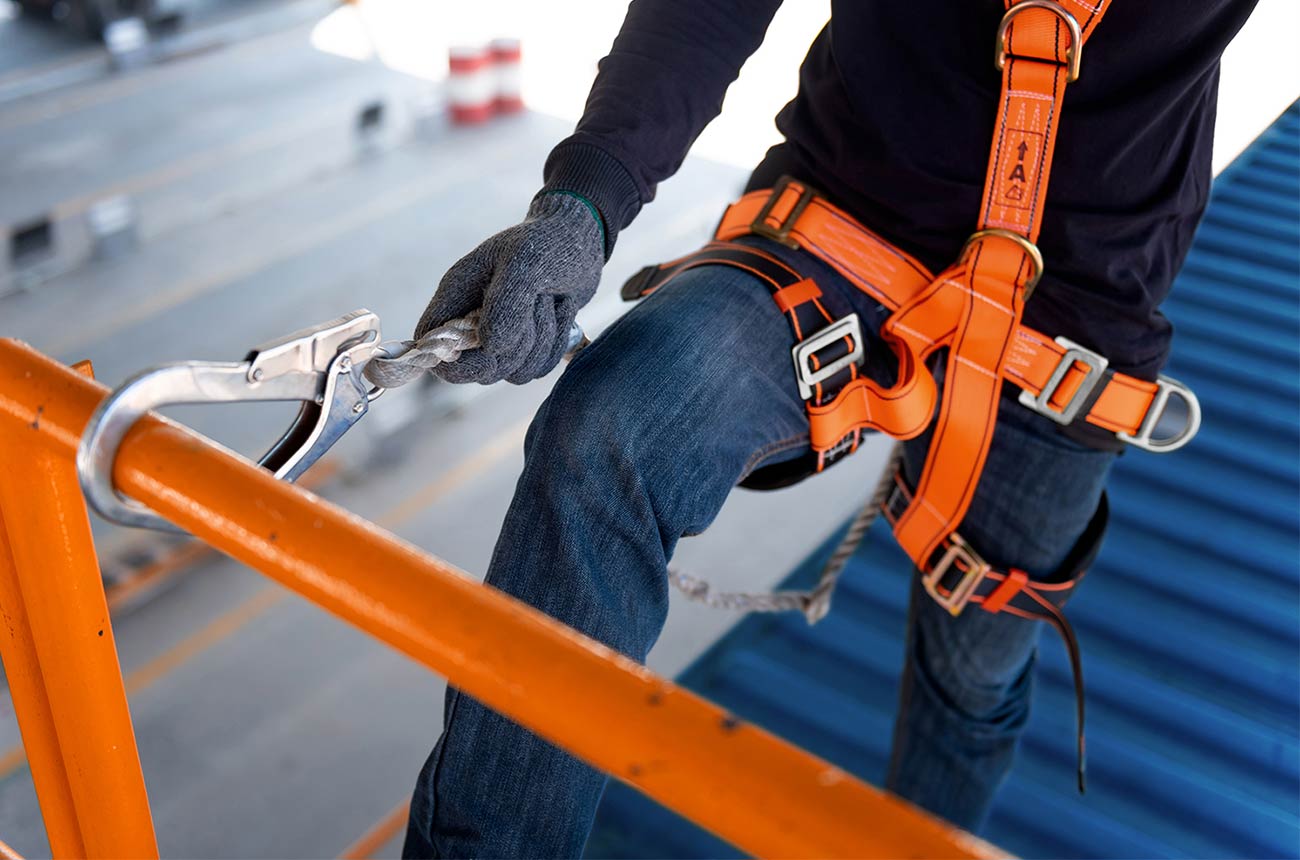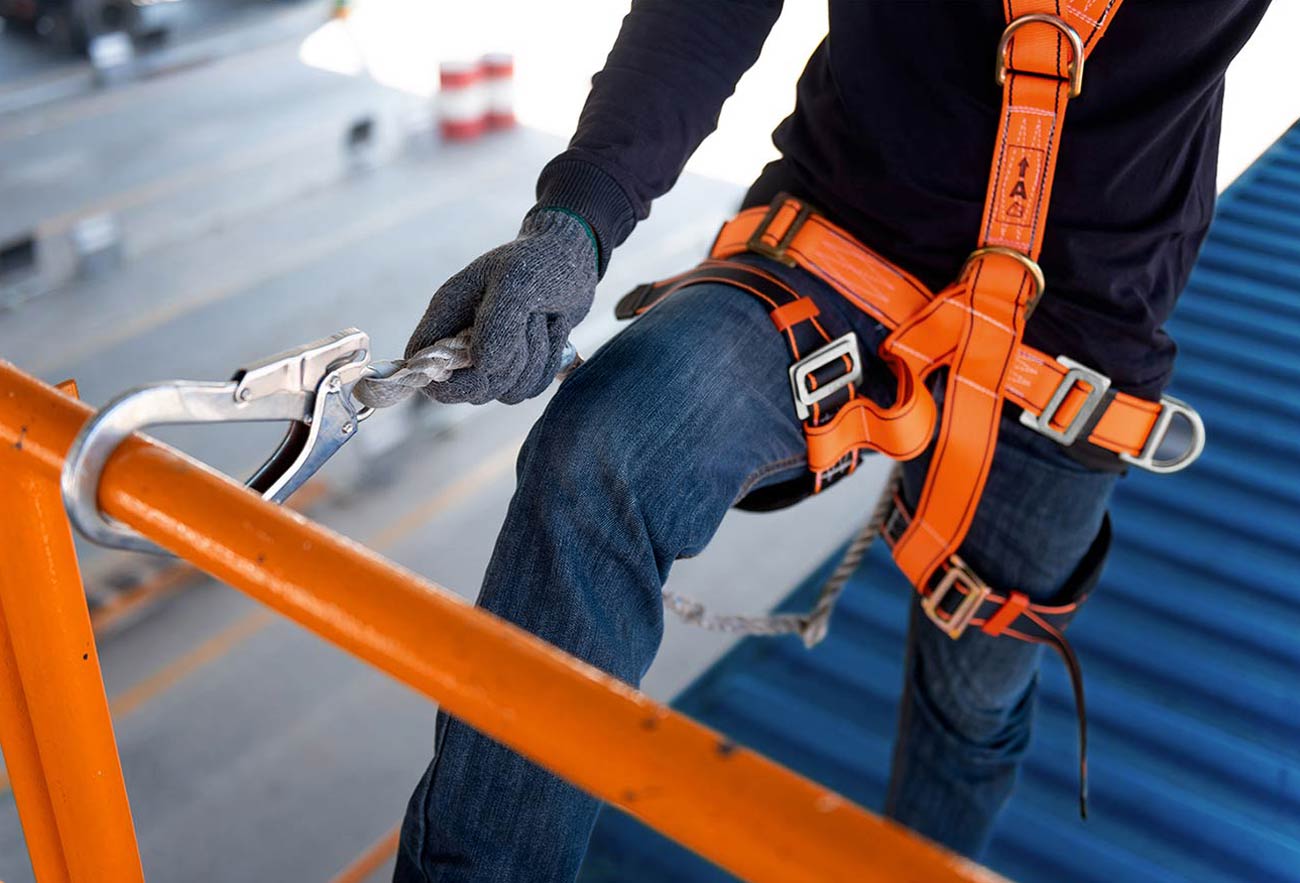
Understanding the Surge in Construction Site Accidents in New York City
New York City, known for its iconic skyline and bustling construction activity, has witnessed a concerning uptick in construction site accidents in recent years. Despite stringent safety regulations and increased awareness of workplace safety, the construction industry in NYC is grappling with a surge in incidents. This article aims to explore some of the key factors contributing to the increase in construction site accidents and shed light on potential solutions.
Rapid Urban Development and High Demand: Rapid urban development in NYC has led to an unprecedented demand for construction projects to accommodate the growing population and commercial needs. The pressure to complete projects quickly to meet this demand can compromise safety measures. Contractors may face tight deadlines and aggressive timelines, leading to rushed construction practices. In the haste to finish projects promptly, the thorough implementation of safety protocols may be sacrificed, contributing to an increase in accidents.
Skilled Labor Shortages: The construction industry in NYC is grappling with a shortage of skilled labor. As experienced workers retire, attracting and retaining new talent becomes a challenge. A reliance on less-experienced personnel can lead to an increased risk of errors and accidents on construction sites. Inexperienced workers may not be familiar with industry best practices, heightening the likelihood of safety incidents. Bridging the skilled labor gap through targeted training and recruitment efforts is crucial for enhancing safety.
Complexity of Projects: Modern construction projects in NYC often involve complex designs, innovative building techniques, and the incorporation of advanced technologies. While these advancements contribute to architectural marvels, they also introduce new challenges for construction crews. Workers may not be adequately trained to handle the intricacies of these projects, leading to an elevated risk of accidents. Proper training programs that address the specific demands of complex projects are essential to mitigate these risks.
Despite stringent safety regulations and increased awareness of workplace safety, the construction industry in NYC is grappling with a surge in incidents.
Safety Compliance and Enforcement: Despite stringent safety regulations in place, lapses in compliance and enforcement contribute significantly to the rise in construction site accidents. Some contractors may prioritize project timelines over safety protocols, leading to a disregard for established regulations. Stricter enforcement of safety standards, coupled with severe penalties for non-compliance, is necessary to ensure that all construction stakeholders adhere to the prescribed safety measures.
Urban Congestion: The confined and congested nature of construction sites in NYC poses inherent safety risks. Limited space for maneuvering equipment and materials can result in increased accidents, especially when multiple construction projects are underway in close proximity. Effective project planning that considers spatial constraints, along with improved coordination among construction projects, is essential to minimize congestion-related safety hazards.
Training and Education Gaps: Adequate training and education are critical for ensuring that construction workers are well-informed about and adhere to safety protocols. However, there may be gaps in training programs, and insufficient emphasis on ongoing education can result in a lack of awareness regarding the latest safety measures and best practices. Investing in comprehensive training initiatives and regularly updating workers on evolving safety standards is vital for reducing the likelihood of accidents.
Subcontractor Coordination Issues: Construction projects often involve multiple subcontractors working simultaneously on different aspects of the project. Poor coordination among subcontractors can lead to miscommunication, increased congestion, and a higher risk of accidents. Establishing clear communication channels, implementing effective project management strategies, and fostering collaboration among all subcontractors are crucial steps to ensure a cohesive and safe working environment on construction sites. Regular meetings and coordination efforts can help address issues before they escalate, enhancing overall site safety.
Addressing the rise in construction site accidents in New York City requires a multifaceted approach involving collaboration between government agencies, construction companies, workers, and other stakeholders. Stricter enforcement of safety regulations, comprehensive training programs, and a commitment to prioritizing safety over speed are crucial steps toward creating a safer construction environment. By acknowledging the challenges and actively working toward solutions, the construction industry in NYC can strive for a future where progress and safety go hand in hand, ensuring the well-being of workers and the sustainability of the city’s impressive skyline.


